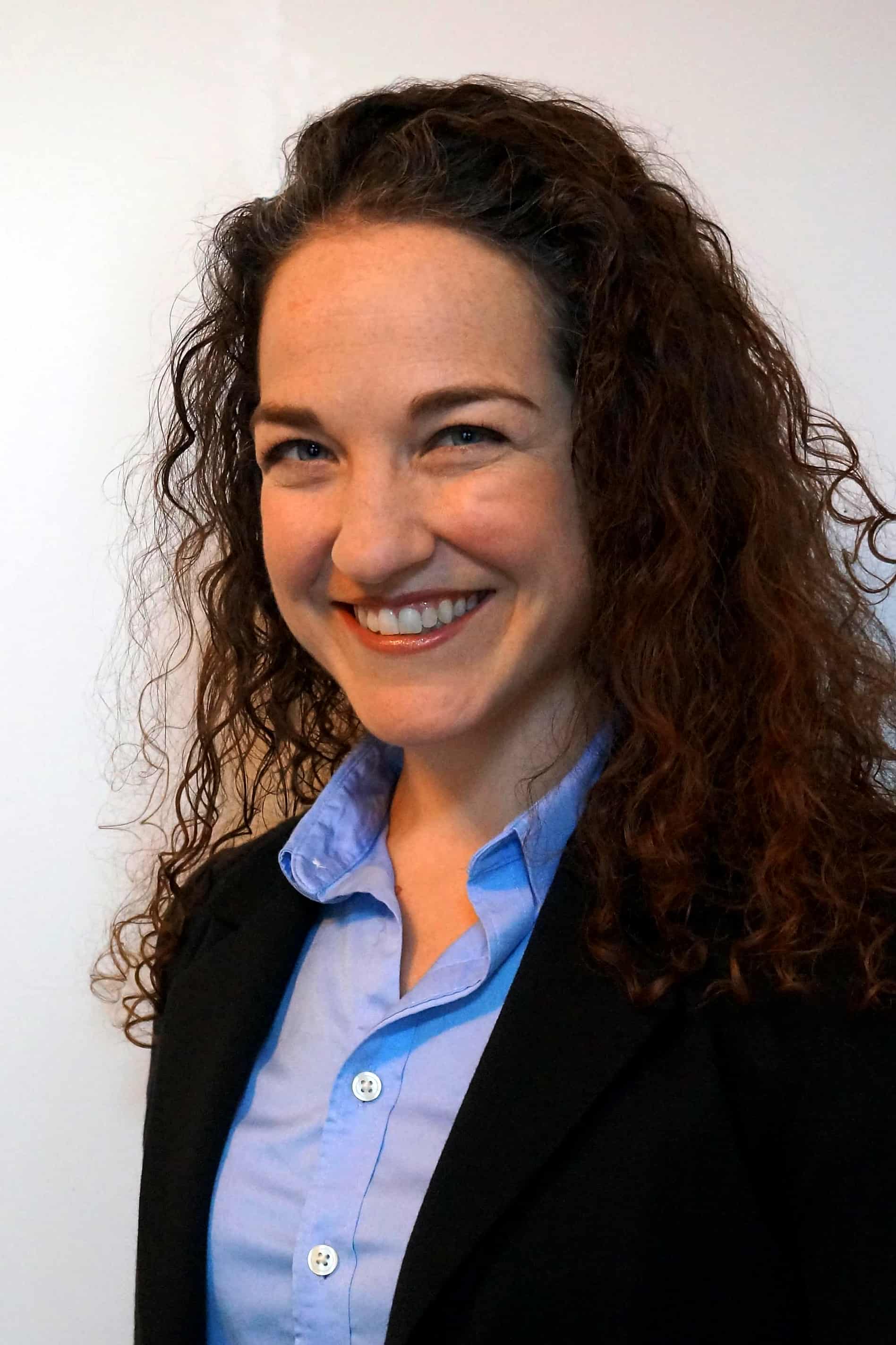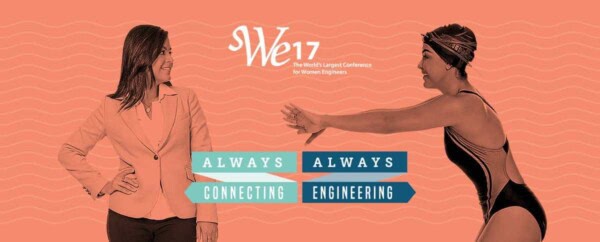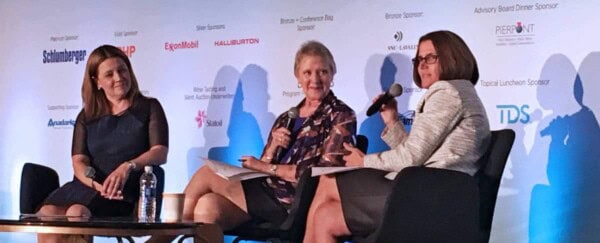By Julie M. Hill, Reliability Engineer, Torrance Refining Company

Admittedly, it was the humblest of speaking engagements, but that didn’t diminish my elation as I left the venue and saw audience members clinging to the chain link fence of their enclosure to wave at me or ask me a few more questions. I tried to be gracious and give all of them their moment, but I needed to get back to my engineering day job and the guitar in my hands was getting heavy. I eventually departed, amidst calls of “Miss Julie! Miss Julie!”, and caught a glimpse of my own 6-year-old son in the distance trying to play it cool on the teeter-totter.
It was Kindergarten Career Day, and I had nailed it. Sure, it was one of those achievements you only brag about in the spirit of satire; but, to me, the stakes were high because I wanted to leave those bright-eyed explorers with the thought that engineering was amazing. I also didn’t want to embarrass my son. I believe I achieved both goals that morning—so what went right? The techniques I applied toward my Career Day presentation were the same as those I applied to the talk I created and delivered at WE16 and WELocal San Jose, which I called “Don’t Fear the Mic: Public Speaking Lessons from an Opera-Trained Engineer.” Regardless of the subject matter, audience, or venue, you can make a lasting impression on your audience by following a few simple rules.
The first rule is: There are no rules.
Most of the time, when you give a formal presentation, some helpful and diligent person has created a guide for you to follow. While it is critical you read that document, it is not always necessary to adhere to it. The truth is you are creating a piece of art–a performance–something that must not only reflect the needs of the organization and the audience, but also must be original, memorable, and impactful. To do that, it must be personal, and that means you need to go with your gut. In the case of Career Day, I was supplied with 10 minutes to present and a list of 20 talking points filled with things like qualifications, skill sets, requirements—things that sound important on paper. Considering, however, my audience was a group of kindergarteners, who are notoriously unimpressed by things that sound important on paper, I decided to focus instead on something more relatable: wonder. Music was my source of wonder as a child, so the talking points were tossed out on a gut feeling that my audience might like a guitar better. I made it personal.
The second rule is: Talk is cheap until you start asking questions.
I had been advised to open my talk with a detailed introduction of who I was and where I worked. Instead, I opened with the question, “What do you wonder about?”, which prompted a conversation about rain, roller coasters, and garbage trucks. After that, it wasn’t a stretch to show them how these questions lead to engineering solutions. It wasn’t a stretch to pull out a guitar, show them a slide of a famous green puppet, and sing “The Rainbow Connection” (which, for my money, is one of the best songs about wonder ever written). In any case, I had engaged my audience. I could move on to how important college is, the benefits of hard study, who I work for, what my day is like—all the quintessential Career Day talking points–and the audience could really hear what I had to say.
The best way to connect was to find out more about them, rather than try to dazzle them with my credentials. It works the same with adults, so the opener to my SWE speech involved asking how many people in the room were Prince fans versus how many were Michael Jackson fans. I didn’t need to give the back story first—to lecture them on how these two people had very different feelings about performing—I just dove straight in to the fun part. It was an easy way to turn a passive audience into a group of active, critically-thinking participants, eager to hear more of what I had to offer. There are, of course, other impactful ways to open a speech, but most effective public speakers will poll their audience, in some form or other, throughout their talk. This is an especially useful technique when you notice your audience members becoming shifty in their seats. You can easily reengage the group by gauging their understanding, having a prepared, leading question to change the subject, or simply asking when they want to take the next break (for longer presentations). It is important to plan at least some of these moments in advance.
The third and final rule is: Practice, practice, practice.
I have a degree in performance and am a seasoned and experienced public speaker, so you might be tempted to think I pulled Career Day off with minimal preparation. This is not the case. I put more effort into my little 10 minute speech than I’d ever attempt to quantify because every seasoned and experienced public speaker knows that in order to make it look natural, in order to put your audience at ease, you have practiced it so many times that it becomes both natural and easy. You can do this in a lot of different ways, but here is what works best for me: I never write a speech on paper. Instead, I spend my commuting time speaking my ideas out loud from the very beginning. I’ll forget everything but the best lines by the next day, and trial by trial, I create something that becomes a part of me. Since I never write it down, I never say it quite the same way twice, which is a handy way to never “forget my lines.” Then, I start practicing in front of people.
For Career Day, my practice audience was my husband; for the SWE conference, it was my company’s Women’s Network. Learning a speech in this way allows me the flexibility to take questions as they come, to create spontaneous humor, and to shift gears when I see I’ve lost my audience. This is, admittedly, a time-consuming effort, but it combines speech writing with speech practicing and ensures that by the end I know it backwards and forwards. This may not fit your lifestyle, and that is OK. Regardless, frequent repetition–out loud, always out loud–must be a part of your preparation if you want to maximize your impact (reviewing your slide deck 15 minutes before the meeting is not going to cut it). By the time you are done practicing, you shouldn’t need your notes, and you might even be bored with the material. The boredom tells you you’re ready to give yourself a test audience–the secret sauce that livens things up again.
Who makes a good test audience? Well, anyone, really, even if they aren’t your target audience. It could be one person, or a group of people. If the stakes are high, you might want to plan several run-throughs. If you need to take baby steps, corral your dog and subject the beast to every terrifying minute of your talk (and Rufus will be glad to listen). You will find that once a person is in front of you, everything changes. Your nerves kick in, you may not be as quick on your feet, and you might even leave out sections. Practicing in front of people will help you identify your weak areas and (you guessed it!) practice some more. This concept is second nature to performers–the lengthy solitary learning, the group rehearsals, the months of practice, the dress rehearsals, and finally! No, never mind…let’s do a few weeks of previews with a test audience to see what needs to be tweaked before opening night. Effortlessness is a beautiful illusion, perceived only in the mind of the audience, and it can be crafted only through hard work.
Performance rules, even those related to practice, can be broken, but if you are part of the three quarters of the population that suffers from stage fright, the worst thing you can do is give up your rehearsal time. The second worst thing you can do is ignore your audience and talk only about yourself and your ideas. John Medina, molecular biologist and author of the book Brain Rules, has a knack for emphasizing the pragmatic side of neuroscience. His Brain Rule #6 asserts, “We don’t pay attention to boring things.” Unfortunately, that means your audience members’ brains are wired to wander. As such, it is a biological imperative that you create moments of excitement in your speech. A question here, a joke there, a rule broken to create the unexpected–all executed with the confidence of a well-rehearsed performer–will increase your influence and ensure that your point is heard, even if you’re talking to a cluster of kindergarteners.
Julie Hill is currently a reliability engineer for a refinery in Southern California and has worked in oil and gas for a decade. She earned her BS in Mechanical Engineering from Illinois Institute of Technology and her BMusic in vocal performance from DePaul University.






